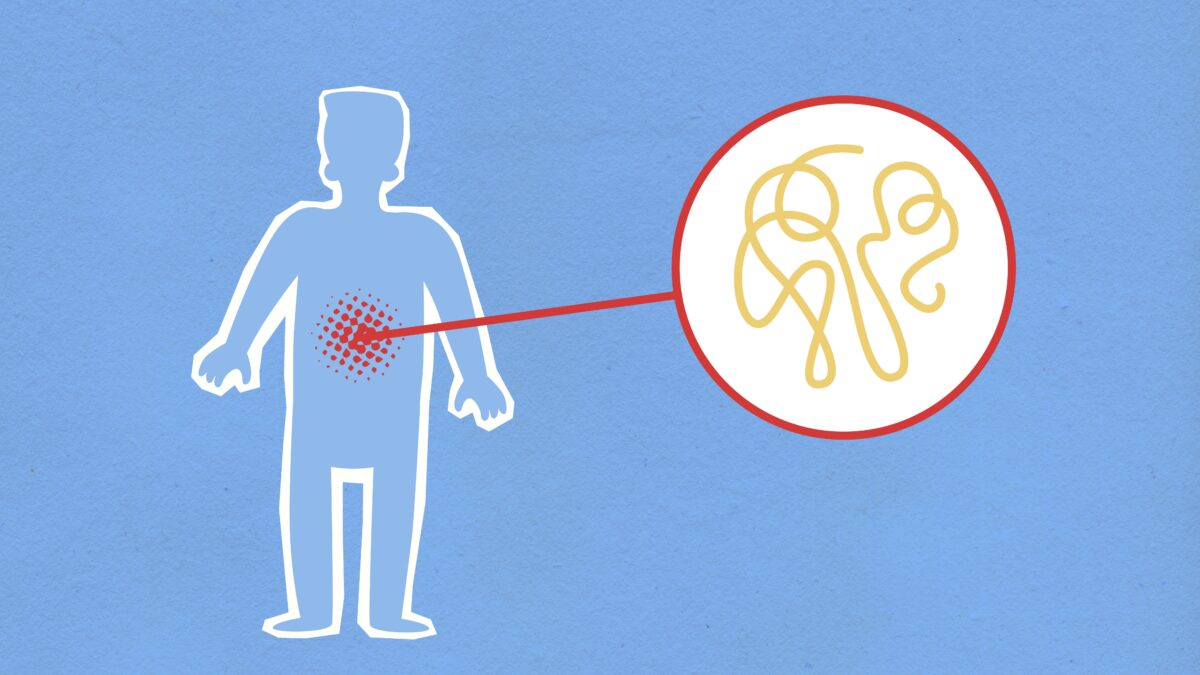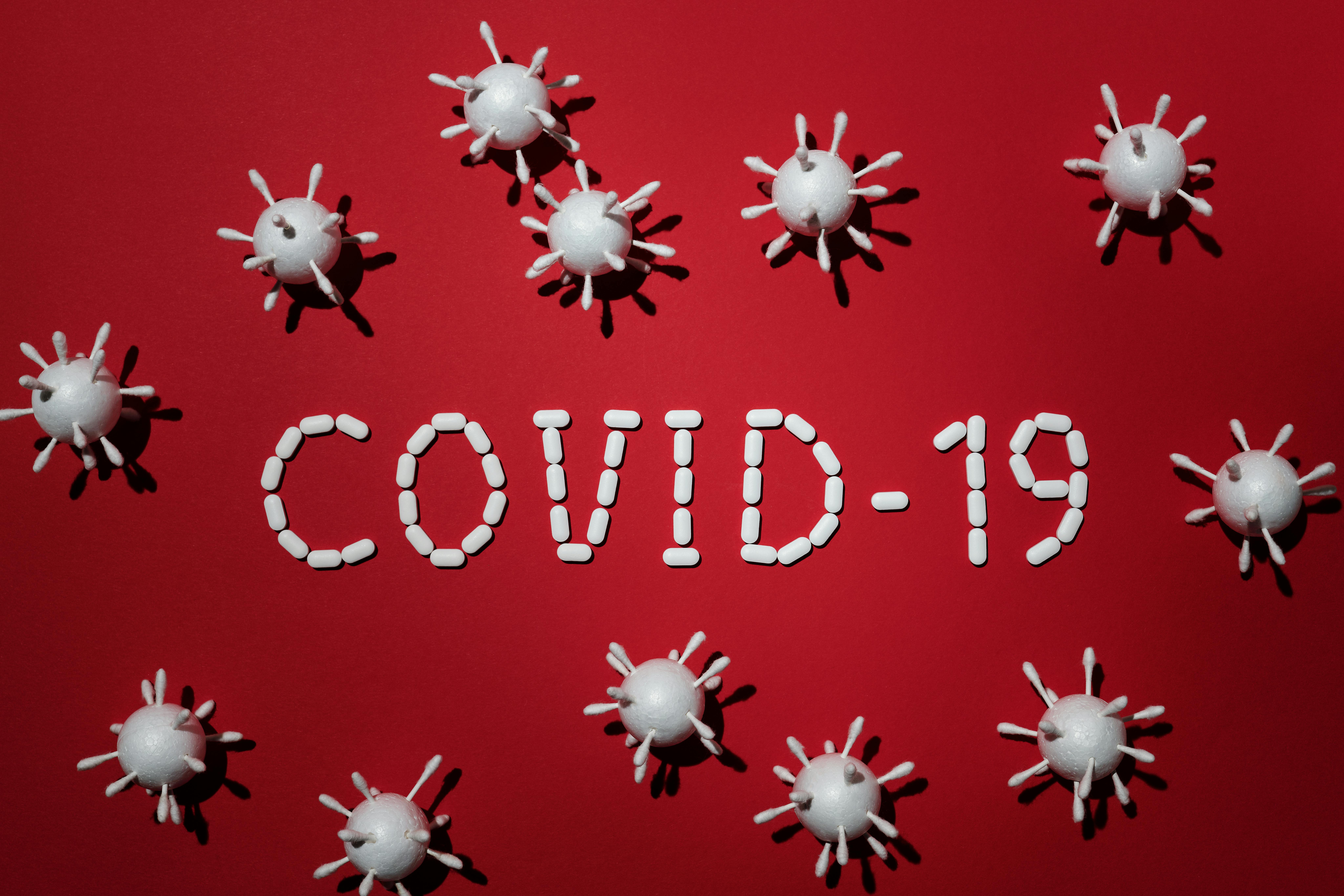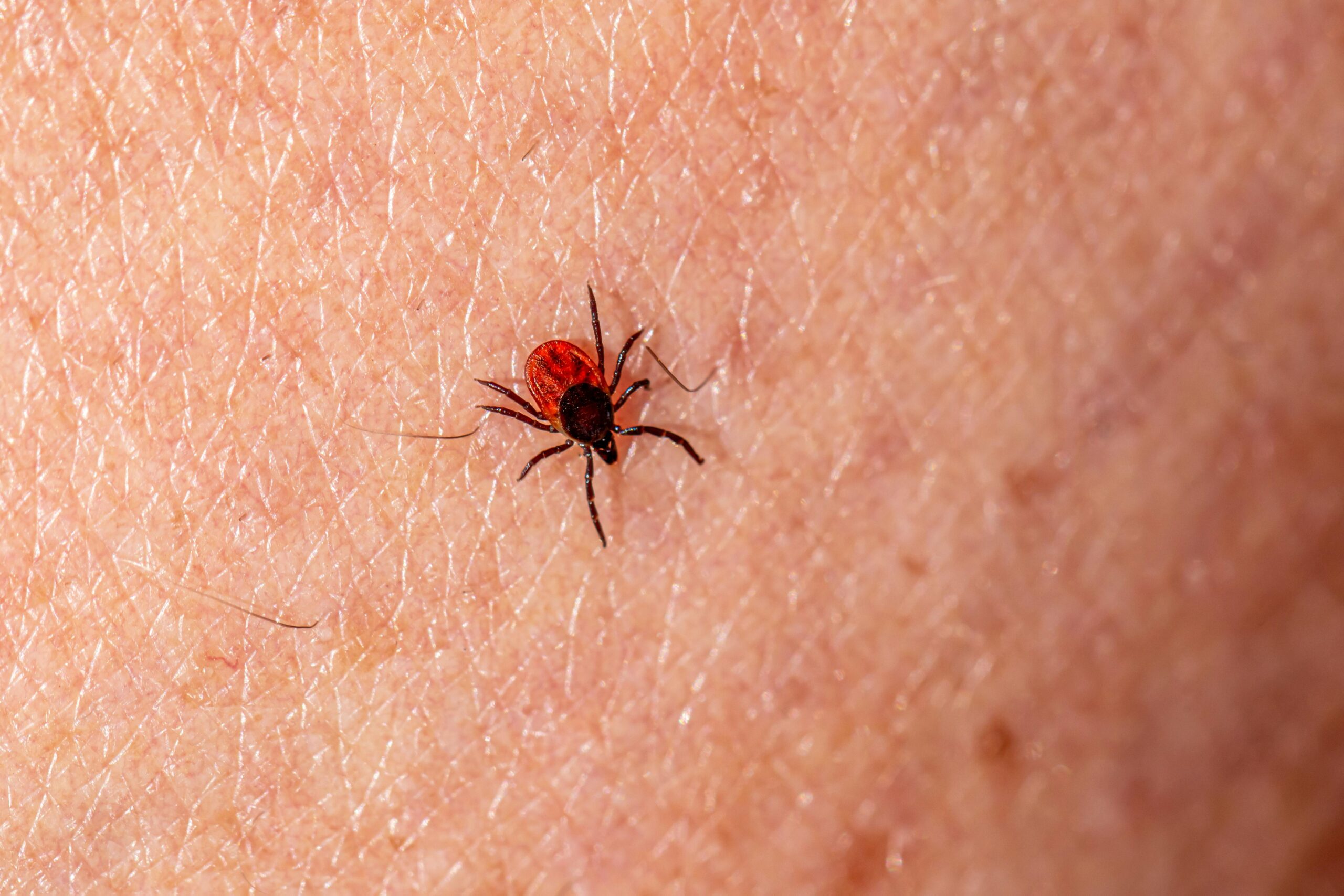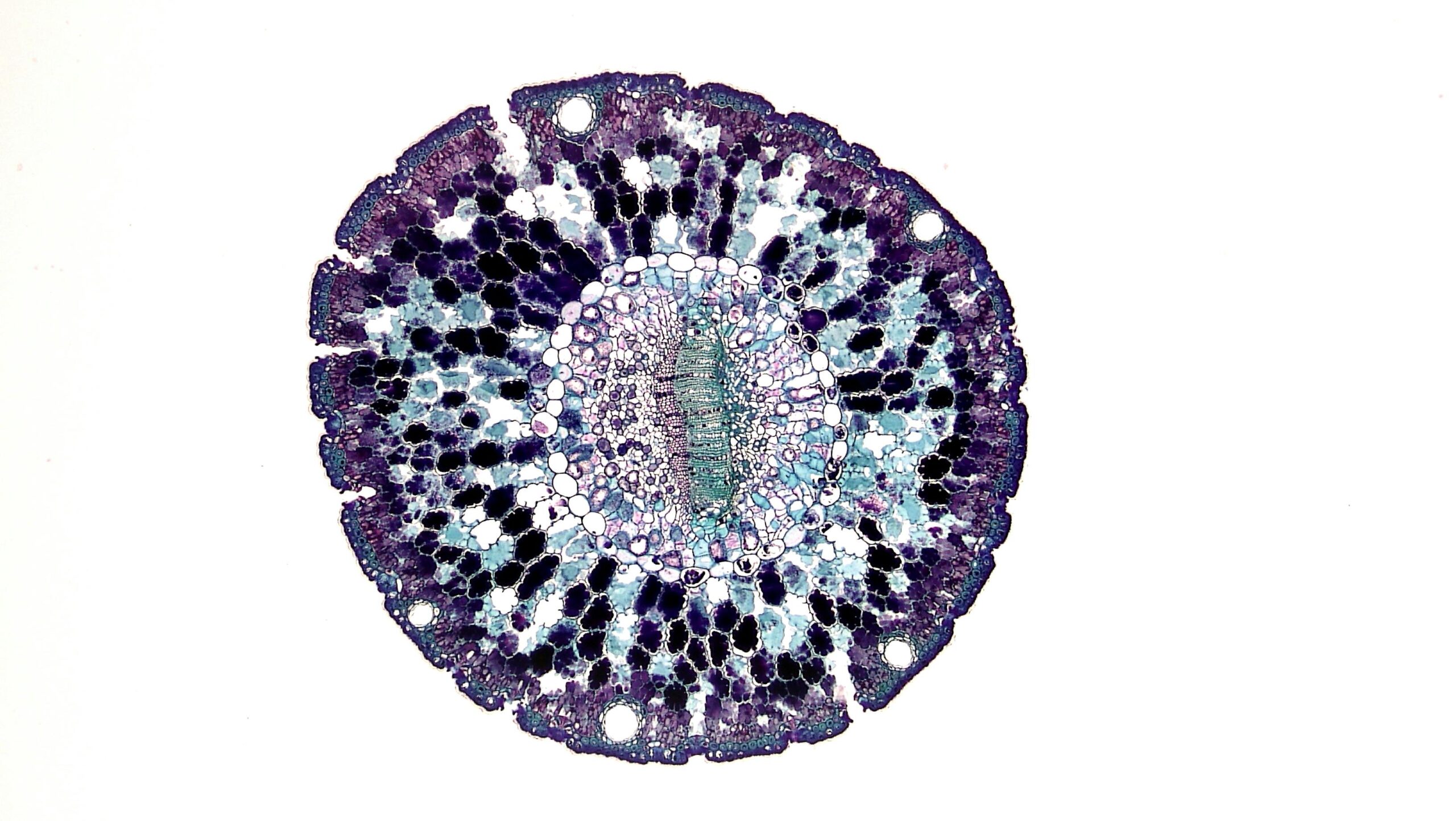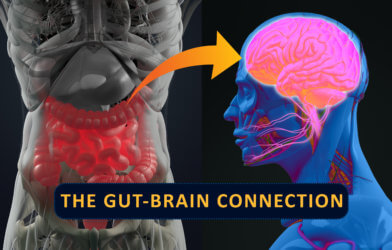For years, when we talked about the trillions of tiny residents in our gut, our minds immediately pictured bacteria. We imagined bustling communities of microscopic life, a complex “microbiome” that influenced everything from our digestion to our mood. But what if that was only half the story? What if an even tinier, more mysterious kingdom has been silently pulling strings, shaping our health in ways we’re only just beginning to understand? Prepare to have your perception of gut health flipped on its head.
A groundbreaking new review, published in the prestigious journal Precision Clinical Medicine, is thrusting the “gut virome” – the astonishingly vast community of viruses living inside us – into the spotlight. Far from being mere bystanders, these viral inhabitants, particularly those known as bacteriophages (viruses that specifically infect bacteria), aren’t just along for the ride. They are, in fact, powerful puppet masters, subtly guiding the fate of our gut bacteria, influencing our immune system, and potentially playing a critical, previously underestimated role in the development and progression of serious gastrointestinal diseases like inflammatory bowel disease (IBD), C. difficile infection (CDI), and even colorectal cancer. This isn’t just academic curiosity; the implications are profound, hinting at entirely new ways to treat chronic illnesses by learning to control this hidden viral world within us.
While they make up only a tiny fraction of the gut’s total microbial weight—a mere 0.1% of the total biomass—these viral particles exist in staggering numbers, often outnumbering their bacterial hosts by factors of one to ten. This constant interplay is what shapes our gut environment.
Your Gut’s Hidden Viral Residents
The journey of our gut virome begins at birth and continues to evolve throughout our lives. Just like our bacterial microbiome, the viral community is profoundly influenced by early-life factors, including how we were born, what we eat, and exposure to antibiotics. Studies show that the infant virome is incredibly diverse and unique to each individual, with rapid changes occurring in the first few years of life.
As we grow into adolescence and adulthood, our gut microbiota tends to stabilize, with a dynamic balance emerging between the phages and bacteria. This balance isn’t static, however. Aging, for instance, brings about a notable increase in “lysogenic phages” – a type of phage that integrates its genetic material into the host bacterium’s DNA rather than immediately destroying it. Scientists believe this shift in older individuals might contribute to age-related changes in the gut.
Beyond age, our daily choices and surroundings are also powerful architects of our internal viral world. What you put on your plate, for example, significantly impacts the gut virome. A diet rich in fiber seems to create a welcoming environment for beneficial lysogenic phages, boosting their ability to multiply. Conversely, the typical Western diet, loaded with fats and sugars, might inadvertently favor the growth of potentially harmful phages. This demonstrates a subtle yet profound link: what we eat doesn’t just feed our bacteria; it shapes the viruses that control them.
Where you live matters, too. Urbanization, with its improved sanitation and reduced exposure to natural microbial sources, has been linked to a decrease in the overall diversity of the gut virome. Researchers have observed that individuals in non-Western, rural environments, often consuming traditional fiber-rich diets and having less antibiotic exposure, tend to have a richer and more varied viral community in their guts. Our genetics also play a role, influencing how our immune system responds to viruses and, in turn, shaping the composition of our gut virome.
The Gut’s Microscopic Arms Race
At the heart of the gut virome’s influence lies a constant, microscopic “arms race” between viruses, particularly phages, and the bacteria they target. Phages regulate bacterial communities through different life cycles: some, called “lytic” phages, invade a bacterium, replicate rapidly, and then burst the cell, releasing new viruses. Others, the “lysogenic” phages, integrate their DNA into the bacterium’s genome, becoming “prophages.” This can be a symbiotic relationship, where the prophage provides advantages to the bacterium, like antibiotic resistance or toxin production. Under stress, however, these prophages can switch to a lytic cycle, taking over and destroying their bacterial hosts.
Bacteria aren’t defenseless. They’ve developed sophisticated systems, like the famous CRISPR-Cas (Clustered Regularly Interspaced Short Palindromic Repeats), to recognize and destroy invading phage DNA. Yet, phages have their own counter-strategies, constantly evolving to evade detection. This dynamic battle doesn’t just keep bacterial populations in check; it also drives their evolution, forcing them to adapt and even exchange genes.
One of the most provocative findings highlighted in this review is the role of phages in “horizontal gene transfer.” This means phages can essentially act as tiny delivery trucks, carrying genetic material from one bacterium to another. This process is crucial for bacterial evolution, but it also means phages can spread traits like antibiotic resistance or virulence factors (genes that make bacteria more harmful) throughout the gut community. This illustrates how phages are not just regulators of microbial balance, but potential architects of bacterial pathogenicity.
Viral Links to Digestive Illnesses
The review compiles compelling evidence suggesting that imbalances in the gut virome are strongly implicated in several major gastrointestinal diseases:
- Inflammatory Bowel Disease (IBD): In patients with IBD, there’s a noticeable increase in certain phage families (Caudovirales) and a decrease in others (Microviridae). These altered viral communities can worsen inflammation by directly modulating the immune system and disrupting the delicate balance of gut microbes. Pathogenic eukaryotic viruses like norovirus and rotavirus also appear to play a role in IBD progression, especially in genetically susceptible individuals.
- Irritable Bowel Syndrome (IBS): For those suffering from IBS, the gut virome looks distinct. It shows an increased abundance of certain viral families and elevated levels of phages that specifically target beneficial Lactobacillus bacteria. This disruption can hinder the activity of good bacteria, potentially worsening IBS symptoms. Viral infections might even act as triggers for post-infectious IBS.
- Clostridium difficile Infection (CDI): In CDI, viral imbalances involve an overrepresentation of some phages and a reduction in others. This imbalance may enhance the harmful effects of C. difficile by influencing how bacteria compete and how toxins are produced.
- Colorectal Cancer (CRC): The gut virome in CRC patients shows significantly greater diversity, with an increase in specific phage families and phages associated with bacteria known to contribute to cancer development. These viral changes could promote cancer through phage-mediated gene transfer, spreading cancer-promoting bacteria and even drug resistance genes. Certain viral communities have even been identified as potential biomarkers for cancer stage and prognosis. Furthermore, eukaryotic viruses like JC virus, human papillomavirus (HPV), and Epstein-Barr virus (EBV) have been found in colorectal tumors, suggesting a possible direct role in cancer development, though more research is needed to fully understand their mechanisms.
Future of Gut Health: Targeting the Virome
This extensive body of research points to a future where understanding and manipulating the gut virome could become a powerful therapeutic strategy. The authors of the review highlight several emerging clinical applications:
- Phage Therapy: Using specific phages to selectively target and eliminate harmful bacteria while leaving beneficial ones intact.
- Fecal Microbiota Transplantation (FMT): Modulating phage populations through the transfer of fecal matter from a healthy donor to restore microbial balance.
- Dietary Interventions: Tailoring diets to encourage a beneficial gut virome composition.
- Probiotics and Prebiotics: Enhancing the growth of beneficial bacteria, potentially in synergy with phages.
These approaches offer a glimpse into a precision medicine future, where treatments for gut disorders are tailored not just to the patient, but to the specific viral and bacterial communities within them.
The review concludes that by strategically intervening at key points, such as the interactions between phages and human cells or specific immune signaling pathways, it may be possible to reverse pathological processes and restore health to the gut. This shift in focus from purely bacterial solutions to a more integrated understanding of the gut’s viral ecosystem marks a new frontier in medicine, offering hope for more effective and targeted treatments for a range of chronic diseases.
Paper Summary
Methodology
This paper is a comprehensive review synthesizing existing mechanistic and clinical data on the gut virome. It systematically examines the virome’s developmental patterns, factors influencing its composition (diet, environment, host genetics, immunity), its associations with diseases, interactions with gut bacteria and the immune system, and clinical applications. It is not an original research study with a specific sample size or demographic, but a synthesis of existing research.
Results
The gut virome, predominantly bacteriophages (90-95%), constitutes ~0.1% of the total microbial biomass but significantly influences gut health. Its composition changes throughout life, shaped by birth, diet, antibiotics, aging, urbanization, host genetics, and immunity. Phages regulate bacterial communities through lytic and lysogenic cycles, and facilitate horizontal gene transfer, potentially spreading antibiotic resistance and virulence factors. Imbalances in the gut virome are linked to inflammatory bowel disease (IBD), Clostridium difficile infection (CDI), irritable bowel syndrome (IBS), and colorectal cancer (CRC). Therapeutic applications include phage therapy, fecal microbiota transplantation (FMT), dietary interventions, and probiotics/prebiotics.
Limitations
The causal link between viral imbalances and diseases requires further definitive establishment. While eukaryotic viruses are found in colorectal tumors, their direct role in cancer development needs clearer mechanistic understanding. Therapeutic strategies like FMT and phage therapy face challenges such as individual response variability, limited clinical approval, and the need for more clinical research.
Funding and Disclosures
This work was supported by grants from the National Natural Science Foundation of China (No. 82172323, 32100134, 823B2010), Guangdong Provincial Natural Science Foundation (No. 2024A1515010533), Guangzhou Key R&D program (No. 202206010014), and a seed fund from Sun Yat-sen University (No. 2022JBGS03). The article is Open Access under the Creative Commons Attribution-NonCommercial License.
Publication Information
The paper, titled “The gut virome in association with the bacteriome in gastrointestinal diseases and beyond: roles, mechanisms, and clinical applications,” was authored by Zhiyang Feng, Elke Burgermeister, Anna Philips, Tao Zuo, and Weijie Wen. It was published in Precision Clinical Medicine in 2025, Volume 8, with the article identifier pbaf010. The DOI is 10.1093/pcmedi/pbaf010. It was published on May 28, 2025.
